
Glass vs Traditional Materials: A Comparison Guide
If you’re planning to get a new space or renovate an old one, you’re going to be faced with a question that sets the tone for everything: do you choose glass or go with traditional materials like wood, brick, or drywall?
It’s not just a design choice, rather it’s about how your space will look, feel, and perform for years. Let’s break it down in detail so you can make a choice that works beautifully for you.
Key Features of Glass in Interiors
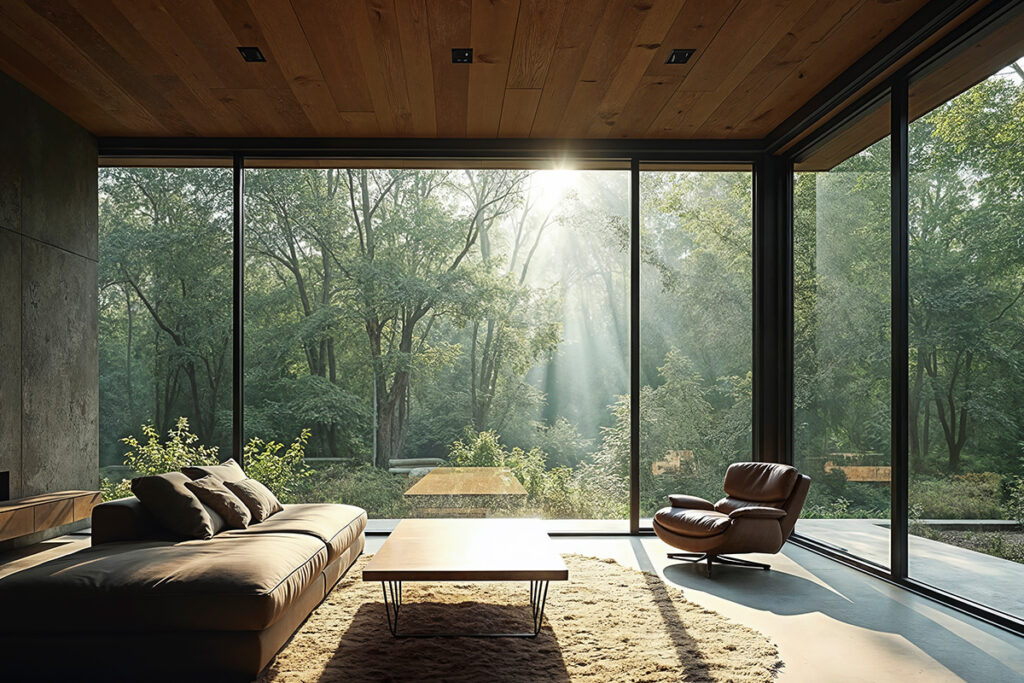
Glass has stepped beyond just windows. Today, we see it in partitions, stair balustrades, sliding doors, ceilings, and what not! Its appeal lies in its ability to make a room feel larger, brighter, and far more modern. If you’re confused about glass vs wood partition or a glass room divider instead of drywall, you have to understand aspects. Glass gives you that airy, seamless vibe traditional materials can’t replicate.
Common Traditional Materials Compared
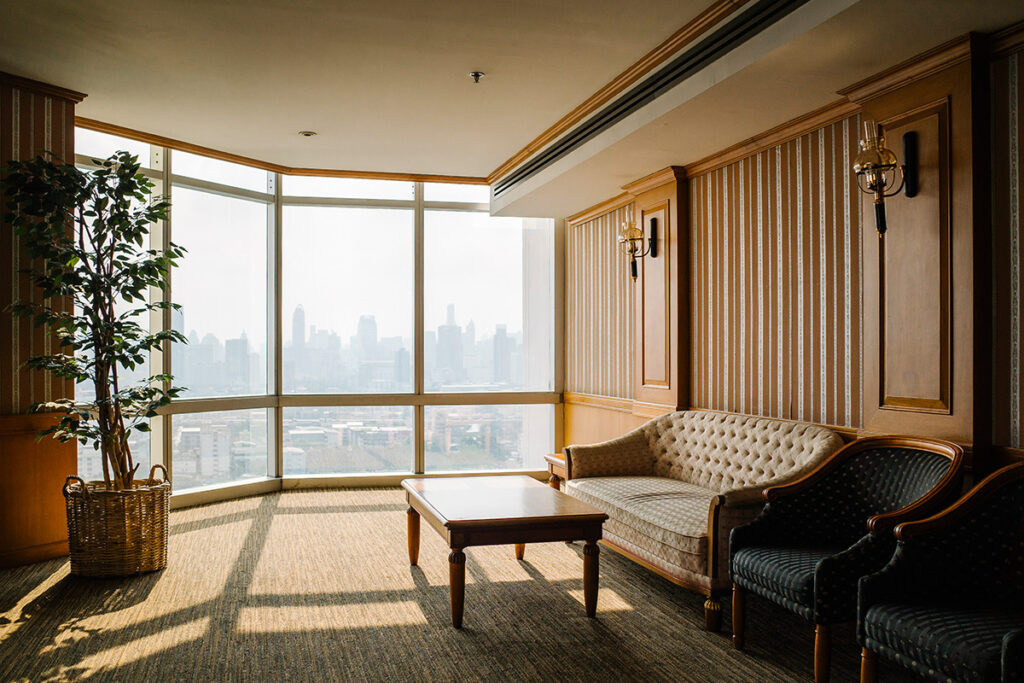
Before we dive deeper, let’s talk about the staples: wood, brick, and drywall.
- Wood is warm, classic, and familiar. It’s easy to work with and creates cozy interiors.
- Brick is solid and timeless but visually heavy.
- Drywall is practical and affordable, a go‑to for quick installations.
Yet, when you put glass vs drywall for interior use side by side, glass instantly feels lighter and more flexible in open‑plan designs.
Aesthetic Differences: Modern vs Classic Looks
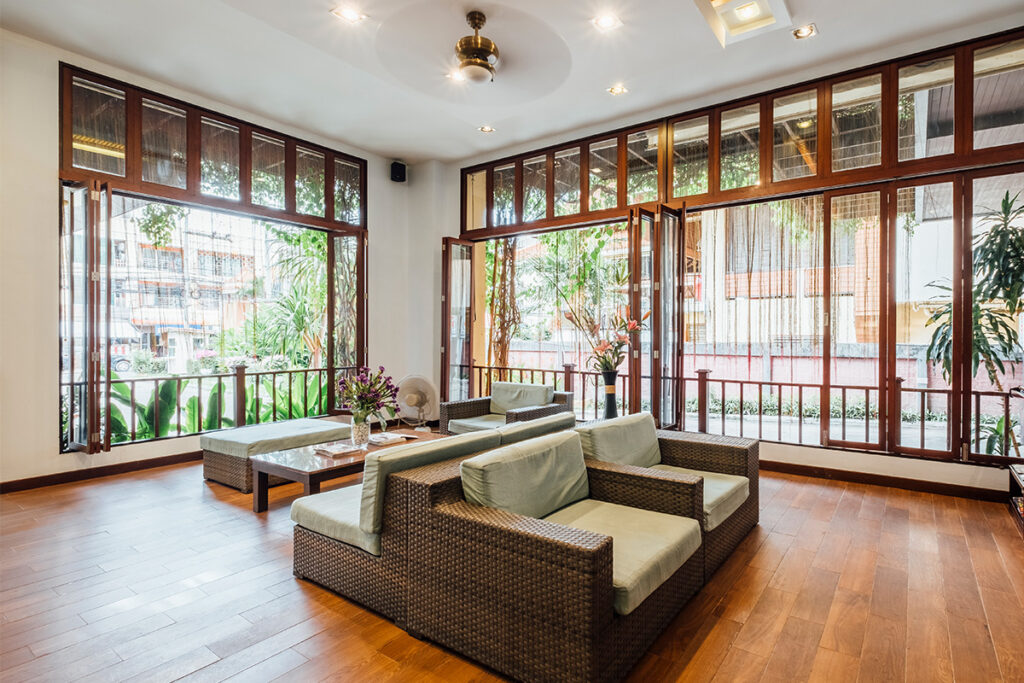
This is where personal style steps in. A glass vs wood partition creates very different moods. Glass is all about clean lines and modernity. Wood partitions, on the other hand, add richness and texture, grounding a room in tradition. Both can look stunning; it depends on what feeling you want when you walk in.
Durability of Glass Partitions and Lifespan

One common question is about the durability of glass partitions compared to wood or drywall. Tempered or laminated glass is surprisingly strong, it resists scratches, doesn’t warp in humidity, and with proper installation, it lasts decades.
Drywall, while cheap, is prone to dents and moisture damage. Wood is sturdy but needs periodic treatments to prevent pests or warping. When comparing glass vs wood partition choices, the durability of glass partitions often wins for its longevity and low upkeep. The same is somewhat the case between glass vs drywall for interior designing.
Installation and Maintenance Requirements
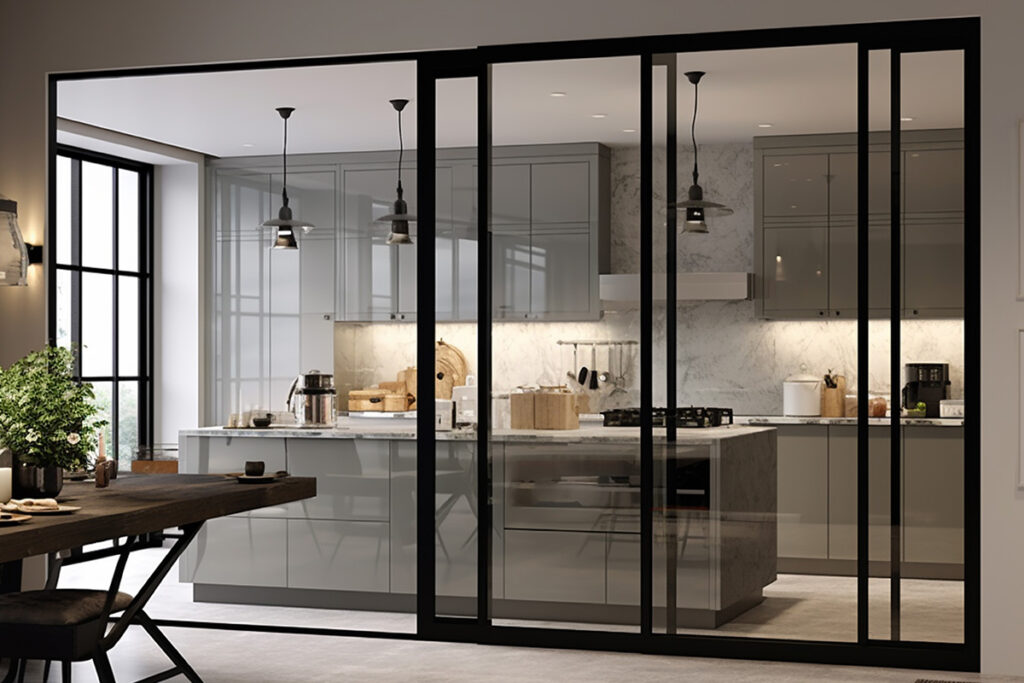
Glass installations require skilled professionals cutting, tempering, and fitting are precision tasks. But once installed, maintenance is minimal. A microfiber cloth and mild cleaner keep it sparkling.
Wood, brick, and drywall are familiar to most contractors, but they demand ongoing care: painting, sealing, or patching over time. For many homeowners, the simplicity of caring for glass is a huge plus in the glass vs drywall for interior debate.
Energy Efficiency
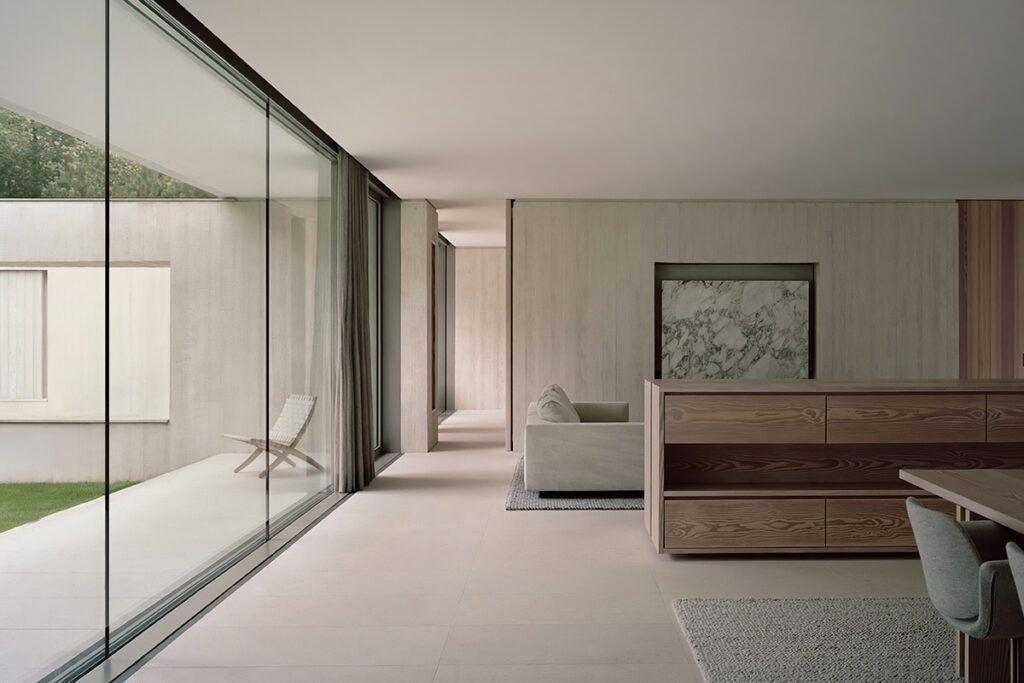
We often overlook how materials affect energy use. Glass partitions allow natural light to travel further, reducing the need for any artificial lighting during the day. That’s a subtle but meaningful way glass can be more sustainable.
When you weigh sustainable glass vs traditional materials, glass with low‑emission coatings or double‑glazing technology can even improve insulation while still giving you that open look. Wood and brick have their own insulating properties, but drywall often needs additional layers to perform as well.
Safety Considerations
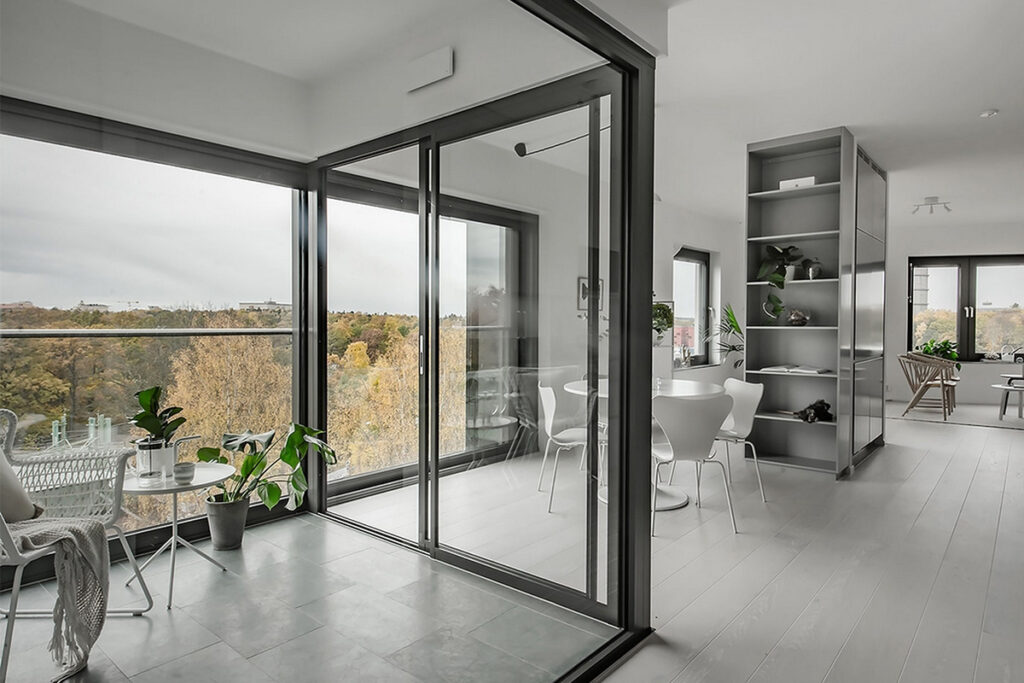
Is glass safe? Absolutely, when installed properly! Tempered is designed to shatter into blunt pieces while laminated glass stays bonded, minimizing any risks.
Wood and drywall aren’t breakable in the same way, but they can conceal issues like mold or rot if not maintained. Glass vs wood partition isn’t just about looks; it’s about ensuring your home feels secure and healthy.
Environmental Impact and Sustainability
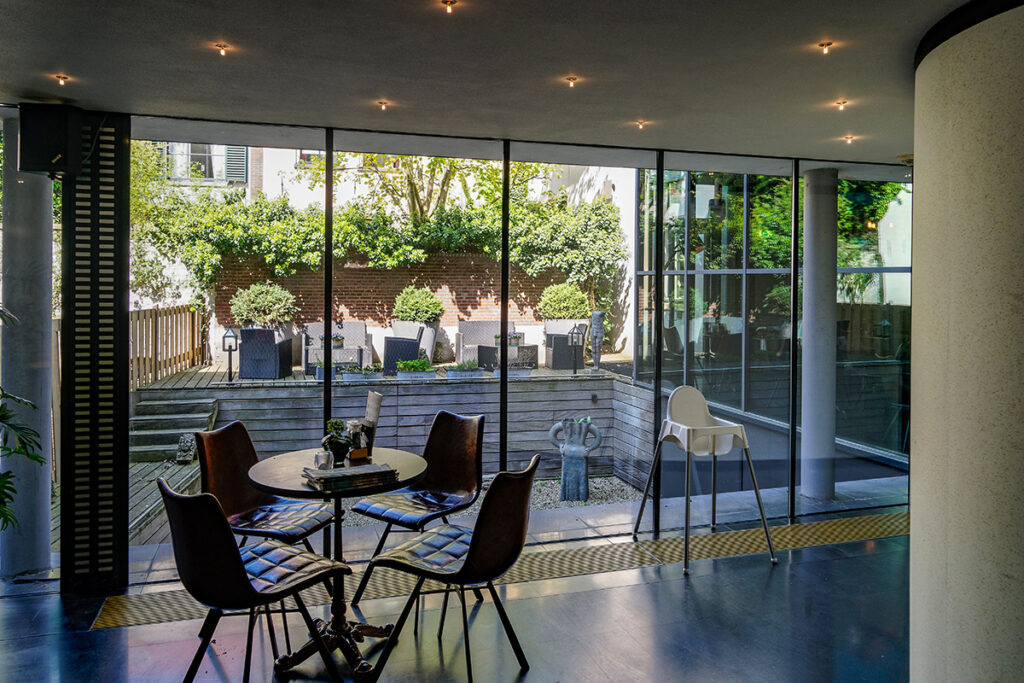
The conversation around sustainability is more important than ever. Modern manufacturing has given us sustainable glass options that recycle old glass into new panels.
Glass is endlessly recyclable, and because it lasts longer without needing frequent replacement, it often edges out wood or drywall in long‑term environmental impact. Wood is renewable if sourced responsibly, but brick and drywall often have heavier carbon footprints. In sustainable glass vs traditional materials, glass more or less got a clear upperhand!
Flexibility in Design and Layout
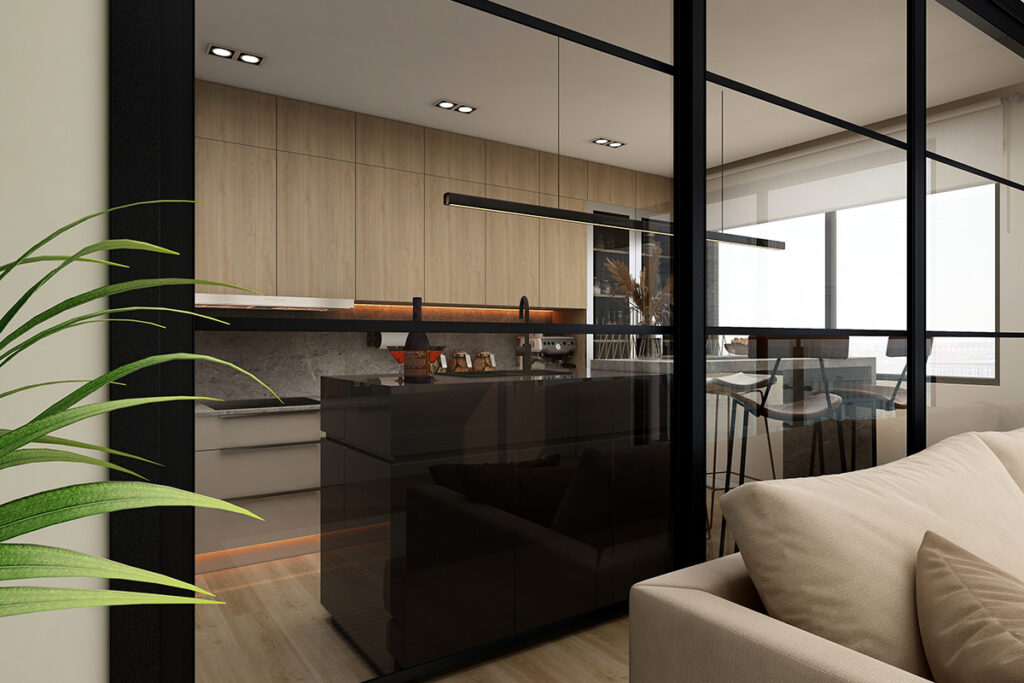
Think about how often you might want to reconfigure your space. A glass partition gives you flexibility because many glass systems are modular; you can relocate them, switch panels, or update finishes with ease. Drywall? Once it’s up, moving it means tearing down and rebuilding.
Practical Applications: Where Glass Wins
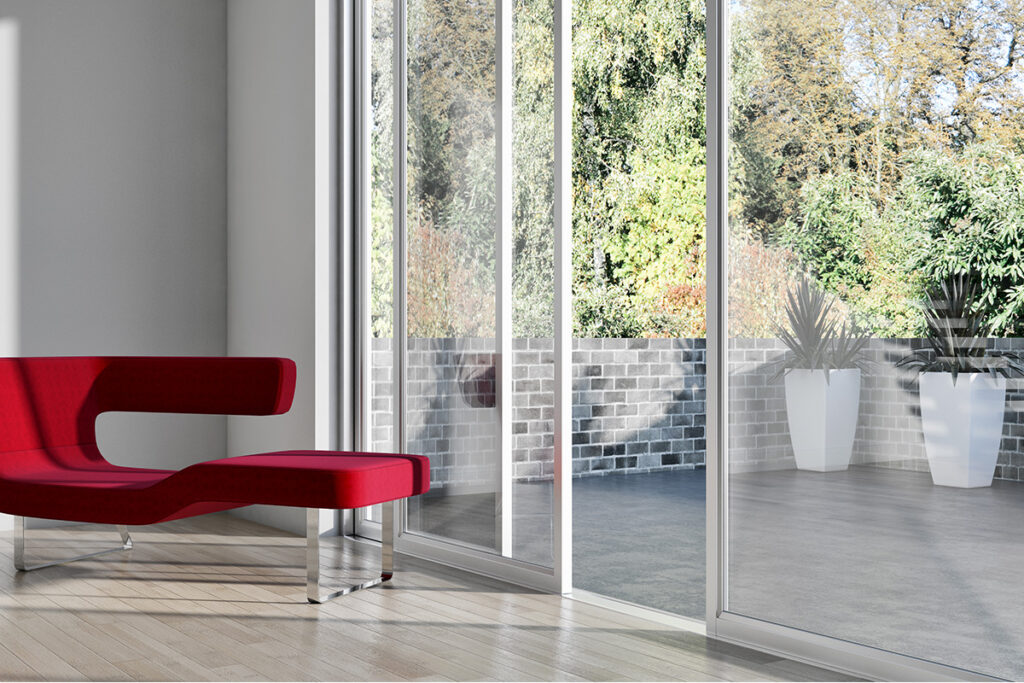
Glass shines in spaces that thrive on light and functionality:
- Home offices where you want privacy without feeling boxed in,
- Kitchens that connect you visually to living areas,
- Modern bedrooms with walk‑in closets separated by glass, and much more…
When you’re torn between glass vs drywall for interior transitions, glass wins in areas where you want to feel open, bright, and contemporary.
When Traditional Materials Are Better
Of course, there are times when wood, brick, or drywall make more sense.
- Need soundproofing for a media room? Drywall layers can be a good fit if you don’t wanna spend on soundproof glasses.
- Want a cozy, cabin‑like feel? Wood partitions add warmth.
- Brick feature walls bring rustic texture.
It’s not about one material being “better” all the time, it’s about the right material for your purpose.
Combining Glass with Traditional Materials
Here’s a design secret: you don’t have to choose just one. Many modern interiors mix materials. Have you seen a glass wood partition hybrid wooden framing with frosted glass inserts? Or a drywall half‑wall topped with a clear glass section to keep sightlines open. These combinations give you the best of both worlds.
Final Verdict: Which Is Right for You?
Choosing between glass vs wood partition options or even glass vs drywall for interior layouts comes down to what you want your space to feel like.
- Are you craving light, openness, and minimal upkeep? Glass might be your best friend.
- Do you want a more traditional vibe? Wood or drywall will serve you well.
- Are you looking for eco‑conscious solutions? Explore sustainable glass vs traditional materials that fit your design ethos.
At the end of the day, your space should work for you, how you live, how you move, how you want to feel when you walk in. With so many materials at your fingertips, you don’t have to settle. Mix, match, and create something that feels uniquely yours.
Also do check out our blog on A Complete Guide to Interior Glass Design for Modern Homes
